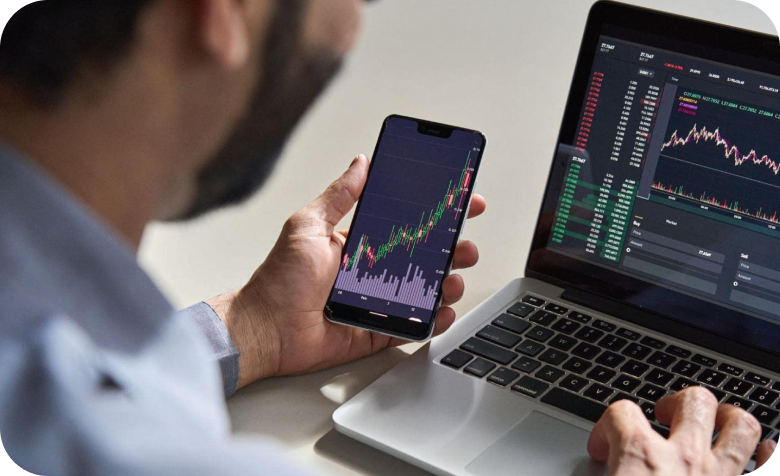- Education
- Forex Technical Analysis
- Technical Indicators
- Oscillators
- Momentum
Momentum Indicator: Forex Oscillator
How to Use Momentum Indicator
The momentum indicator is represented by a line, which oscillates around 100. Being an oscillator, momentum should be used within price trend analysis.
Crossing the x-axis:
- It is believed that if the indicator climbs above 100 during an uptrend, it is a bullish signal;
- Otherwise if the indicator falls below 100 during a downtrend, a bearish signal appears.
Falling out of its normal range:
- Extreme points mean that the price has posted its strongest gain or loss for a particular number of moving periods, supporting trend strength;
- At the same time if the price movement was too rapid, they may indicate possible overbought and oversold areas.
Divergence patterns:
- If the price hits a new high, but the indicator does not, that could mean that investor sentiment is actually lower;
- And on the contrary if the price falls to a new low, but the indicator does not support the drop, it is a signal that the trend may end soon.

Momentum Indicator
Momentum Indicator Formula (Calculation)
The value of the Momentum indicator is calculated as the ratio of the current price to the price a few bars ago. Here is the Momentum Indicator Formula:
Momentum = (Current close price / Lagged close price) x 100
How to use Momentum in trading platform
Forex Indicators FAQ
What is a Forex Indicator?
Forex technical analysis indicators are regularly used by traders to predict price movements in the Foreign Exchange market and thus increase the likelihood of making money in the Forex market. Forex indicators actually take into account the price and volume of a particular trading instrument for further market forecasting.
What are the Best Technical Indicators?
Technical analysis, which is often included in various trading strategies, cannot be considered separately from technical indicators. Some indicators are rarely used, while others are almost irreplaceable for many traders. We highlighted 5 the most popular technical analysis indicators: Moving average (MA), Exponential moving average (EMA), Stochastic oscillator, Bollinger bands, Moving average convergence divergence (MACD).
How to Use Technical Indicators?
Trading strategies usually require multiple technical analysis indicators to increase forecast accuracy. Lagging technical indicators show past trends, while leading indicators predict upcoming moves. When selecting trading indicators, also consider different types of charting tools, such as volume, momentum, volatility and trend indicators.
Do Indicators Work in Forex?
There are 2 types of indicators: lagging and leading. Lagging indicators base on past movements and market reversals, and are more effective when markets are trending strongly. Leading indicators try to predict the price moves and reversals in the future, they are used commonly in range trading, and since they produce many false signals, they are not suitable for trend trading.
Use indicators after downloading one of the trading platforms, offered by IFC Markets.

Not sure about your Forex skills level?
Take a Test and We Will Help You With The Rest


